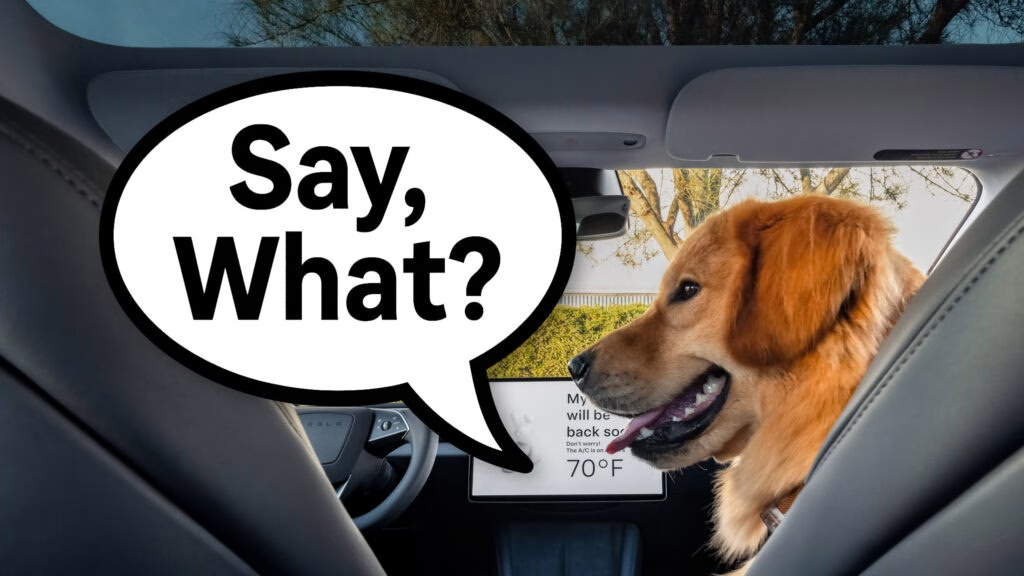Can I Blame My Tesla’s Autopilot for Speeding Tickets?
It’s a tempting thought, isn’t it? You’re cruising down the road, Autopilot humming along, and suddenly you see flashing lights in your rearview mirror. The speed limit dropped, but your Tesla didn’t catch it. Surely, you can just point to the car and say, “Not my fault!” But as a recent case in Norway shows, that argument doesn’t hold up in court—or on the road.
What Happened in the Norwegian Tunnel Incident?
Picture this: a Norwegian driver, behind the wheel of his Tesla, enters the Nøstved Tunnel. Normally, the speed limit is 90 km/h (56 mph). But on this particular evening, the right lane was closed for maintenance, and the speed limit was temporarily slashed—first to 70 km/h (43 mph), then down to 50 km/h (31 mph). The driver, relying on Autopilot, sailed through at 90 km/h, a full 40 km/h over the posted limit. Police were waiting at the tunnel’s exit, radar guns ready.
In court, the driver argued that his Tesla’s Autopilot failed to detect the new speed limit. He insisted there were no clear signs and that he’d set the car to automatically follow posted limits. The court, however, wasn’t buying it. Officials pointed out that signage was clear, and no other drivers or authorities reported confusion. The verdict? The driver had “grossly neglected his duty to monitor road conditions.” He was fined 16,500 kroner (about $1,615), ordered to pay legal fees, and lost his license for nine months.
How Reliable Is Tesla’s Autopilot at Detecting Speed Limits?
Tesla’s Autopilot is impressive, but it’s not infallible. The system uses cameras and GPS data to read speed limit signs and adjust accordingly. However, temporary changes—like those in construction zones or tunnels—can trip it up. A 2023 study from the Insurance Institute for Highway Safety found that driver-assist systems, including Tesla’s, often miss or misinterpret temporary or digital speed limit signs. Even Tesla’s own user manual warns that drivers must remain alert and ready to take control at all times.
Real-world stories back this up. In the US, there have been multiple reports of Teslas failing to recognize temporary speed limits or construction zones, sometimes resulting in near-misses or tickets. The technology is improving, but it’s not yet at the point where you can take your hands off the wheel—or your eyes off the road.
What Does the Law Say About Driver Responsibility With Autopilot?
Here’s the bottom line: No matter how advanced your car is, you’re still legally responsible for its actions. Courts in Norway, Germany, the US, and elsewhere have consistently ruled that driver-assist systems don’t absolve you of responsibility. In the Norwegian case, the judge put it bluntly: “It would be negligent to rely blindly on the car’s technical systems being correctly set.”
This isn’t just a European thing. In California, a 2022 court case involving a Tesla crash found the driver at fault, despite claims that Autopilot was engaged. The reasoning is simple—driver-assist features are there to help, not replace, human judgment.
Why Do Some Drivers Overtrust Automation?
It’s easy to see how this happens. The word “Autopilot” conjures images of hands-free, worry-free driving. But Tesla’s system is classified as Level 2 automation, meaning it can assist with steering and speed but still requires full driver attention. Studies from MIT’s Advanced Vehicle Technology Consortium show that drivers using Autopilot are more likely to become distracted or overconfident, especially on familiar routes.
There’s also the “automation complacency” effect. The more you trust the system, the less likely you are to notice when it makes a mistake. That’s why experts recommend keeping your hands on the wheel and your mind on the road, even when the car seems to have things under control.
What Can You Do to Avoid a Similar Situation?
First, know your tech. If you drive a Tesla—or any car with advanced driver-assist features—read the manual. Understand what the system can and can’t do. Pay special attention in areas with temporary speed changes, like construction zones or tunnels. Don’t assume the car will always catch every sign.
Second, stay engaged. Even if your car is doing most of the work, you’re still the one on the hook if something goes wrong. Set reminders for yourself to check speed limits, especially in unfamiliar areas. If you notice the car isn’t slowing down when it should, take control immediately.
Lastly, keep up with software updates. Tesla and other automakers regularly release improvements to their driver-assist systems. These updates can improve sign recognition and overall safety, but they’re not a magic bullet.
What’s the Real Takeaway for Tesla Owners and All Drivers?
Autopilot and similar systems are game-changers, no doubt. They can make driving less stressful and, in many cases, safer. But they’re not a license to zone out or shift blame when things go sideways. The Norwegian driver’s story is a cautionary tale: technology can help, but it doesn’t replace common sense or legal responsibility.
The big takeaway? Trusting Autopilot isn’t about perfection—it’s about smarter adjustments. Start with one change this week: double-check speed limits, especially in tricky spots. Odds are, you’ll spot the difference by month’s end—and keep your license where it belongs.

